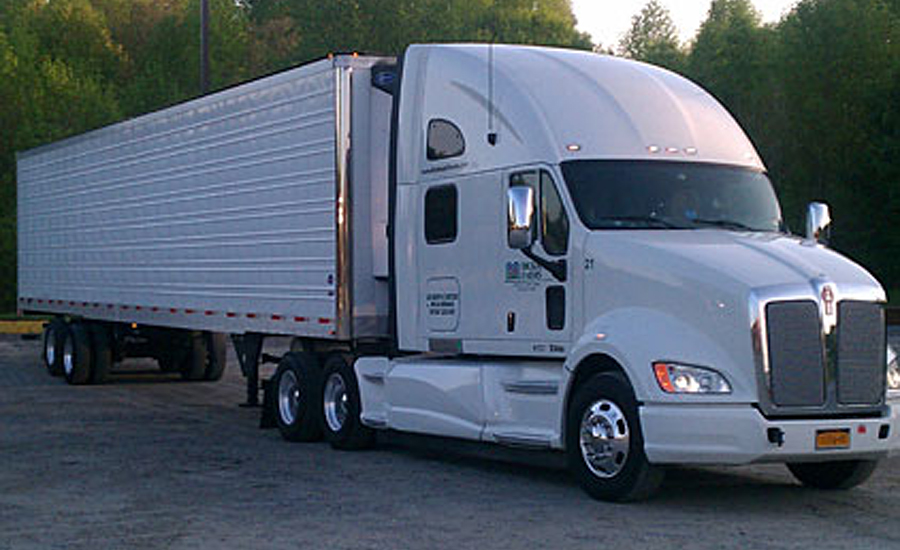Refrigerated, frozen foods are right on time, on trend to fit changing lifestyles.
On some level, it feels clumsy to mark time’s passing. Perhaps that’s because time itself feels more temporal and illusionary against a backdrop of instant texts, real-time data tracking, online video chats and cell phone videos.
And the events of 1990 – German reunification, British Prime Minister Margaret Thatcher’s resignation, the end of smoking on domestic airlines and the Hubble space telescope – all read like something so long ago in history books.
Of course it was way back then that Refrigerated & Frozen Foods began, a start-up with the position that value-added, convenient products would gain favor with consumers, retailers and foodservice operators. Interesting, too, the magazine took a “diagonal” market positioning. Not aimed a singular level of reader or segment of the industry, it crosses six prepared food categories and encompasses all sales channels – but with a temperature-controlled view of the world.
Having lived and breathed R&FF since its first days, I must say it has been rewarding to see …
… consumers favoring refrigerated and frozen foods. Just last month, The NPD Group issued a 30-year eating trends overview. Officials said that when NPD first began tracking at-home eating, they learned 72 percent of main dishes at dinner were homemade. Today 59 percent of main dishes are made- from-scratch “with many households preferring ready-to-eat and frozen foods, and assembling a meal rather than preparing it.”
Added Mark East, president of NPD’s North American Food & Beverage business, “The fast and hectic pace of the lives we lead has had the single greatest impact on this country’s eating behaviors. It’s clear by the changes we’ve observed over the past 30 years that the Google generation wants things now.”
… retailers, foodservice operators favoring refrigerated and frozen foods. Prepared cold entrees, sides, snacks, desserts, dairy products and more are driving retailers’ inventory turns and profits. Likewise, these products help foodservice operators address labor issues (shortage of chefs and/or basic skills), maintain food safety and assure consistency.
… corporate America favoring refrigerated and frozen foods. Corporate portfolios tell the story. What businesses drive growth at the nation’s largest CPG food companies? What types of businesses are they acquiring? Refrigerated and frozen foods stand behind the headlines. Meanwhile, traditional meat and poultry giants such as Tyson Foods, Smithfield and others talk about further-prepared foods as the future.
Having said all this, I do think it’s important to mark time’s passing and two decades of trends and technologies that made a difference. Read on for some true experts’ insights about this growing cold foods sector.
(See Refrigerated & Frozen Foods' digital edition for a complete look at trends across every sector of the industry)
Processor of the Year honorees, 1990-2010
1990 Dean Foods Co. (first corporate profile)
1993 H.J. Heinz Co.
1994 Tyson Foods Inc.
1995 ConAgra Frozen Foods
1996 The Pillsbury Co.
1997 Rich Products Corp.
1998 Nestlé USA
1999 Kraft Foods Inc.
2000 Reser’s Fine Foods
2001 Heinz Frozen Foods
2002 Nestlé USA
2003 The Schwan Food Co.
2004 Ruiz Foods
2005 McCain Foods USA
2006 Windsor Foods
2007 The Kellogg Company
2008 Nestlé Prepared Foods
2009 ConAgra Foods
2010 Pinnacle Foods Group (frozen) Sandridge Food Corp. (refrigerated)
